How to Get 500 Connections on LinkedIn (The Right Way)
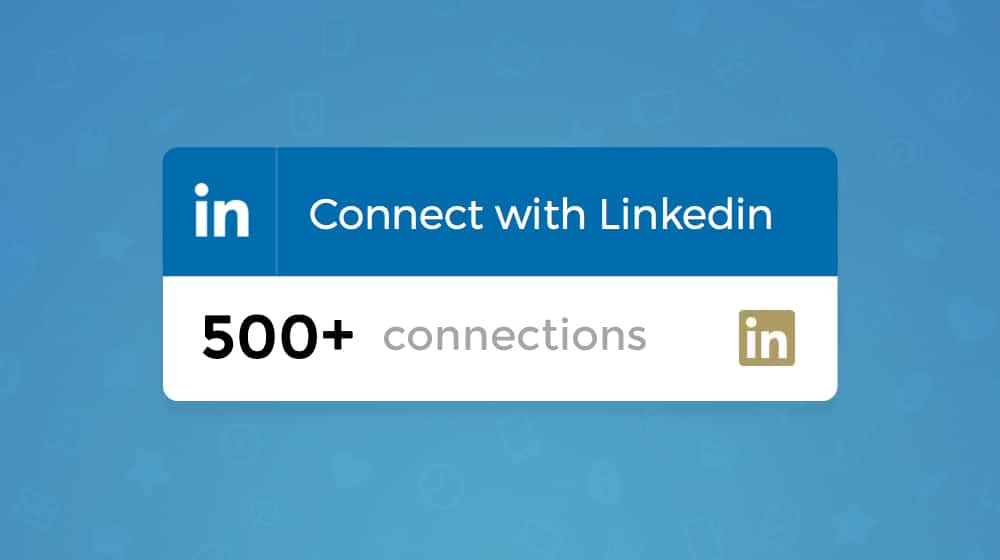
The psychology of social proof says that when a larger number of people are doing something, other people find it better. They might want to join in, or they might give the event more inherent credence or value because of the people attached to it. This is the core of influencer marketing; because you have a lot of followers, your opinion holds more value than some random person no one follows, even if that other person has more education and knowledge to back up their opinion.
One minor way to leverage this social proof is to build up social media followers or connections. In the case of LinkedIn, the magic number seems to be around 500 connections. Unlike Facebook, where your audience can be massive, or Twitter, where you can reach just about anyone, LinkedIn has a relatively narrow focus. It's business, tech, and career-oriented, which means smaller numbers can hold more sway.
 30 Second Summary
30 Second Summary
You can build valuable LinkedIn connections by sending personalized requests to reach the important 500+ milestone, where LinkedIn stops displaying the exact number. You should focus on connecting with family, friends, industry peers, reporters, bloggers and potential partners who matter to your field. You'll want to keep your profile active, engage with connections and share your blog content. Don't spam connection requests or buy followers, and avoid LinkedIn Open Networkers (LIONs) who only care about building huge follower counts.
The Value of 500+
Why is 500 a magic number when it comes to LinkedIn connections? It's the point when LinkedIn stops counting. When you visit someone with 501 connections, and someone with 30,000 connections, their profiles will both say the same thing: "500+ connections." After that, it doesn't matter, numerically.

What matters is building up your professional network. LinkedIn is an excellent avenue for exploring connections between the people you know and the people you would like to know, and it can be a great way to get a foot in the door with people who are influential and important.
So how do you get to 500 connections, quickly and properly? I have tips, I have tricks, and more importantly, I have a list of what you shouldn't do, to accompany what you should.
Positive Tips and Things to Do
Instead of adding 500 random people that you don't know and couldn't care less about, here are some tips on how to build real connections and do this the right way.
1. Personalize your connection requests. Above all else, the number one thing you should be doing is personalizing your connection requests. You don't have to write a long personal email. Even if you wanted to, you can't - LinkedIn connection request messages have a character limit of 300, only a little longer than a tweet. You don't have the space to do a lot.
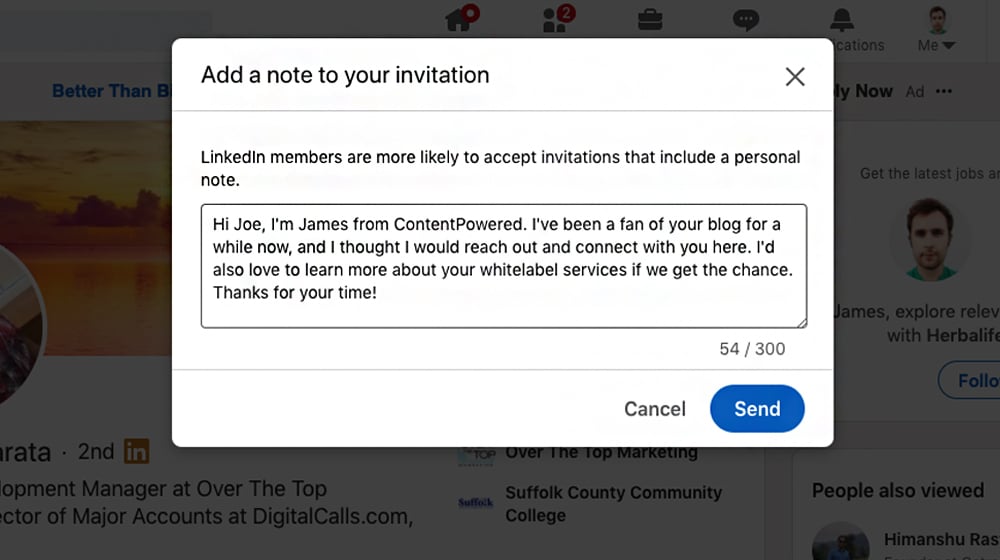
I like a simple, relatively template-based format. Something like:
"Hi
[name], I'm James from ContentPowered. I've been[reading, following, subscribed, a fan]for a while now, and I thought I would reach out and connect with you here. I'd also love to work with you on a[topic]project if we get the chance. Thanks for your time!"
This is just an example I came up with on the spot. There are a lot of different situations you might find yourself in, though, such as sending a message to someone you met in person, or someone you've worked with before but who might not remember you. Here's a handful of templates for different situations.
2. Connect with the right people. The number two thing you need to do is, surprisingly enough, be picky with who you connect with. LinkedIn connections are important. If you're connecting with the wrong people, your feed will be a mess of irrelevant content, you'll likely end up spammed with messages and connection requests, and more importantly, you won't get much benefit out of those connections.
Think of it as newsletter subscribers. I don't care if you have a million newsletter subscribers; if your open rate is 0, you might as well not even have a newsletter. If you have 10,000 LinkedIn connections, but 99% of them are bots, fake accounts, or people who are completely irrelevant to you, what good is it? The point of LinkedIn is to build a network of people and connections that matter, not just people in general.
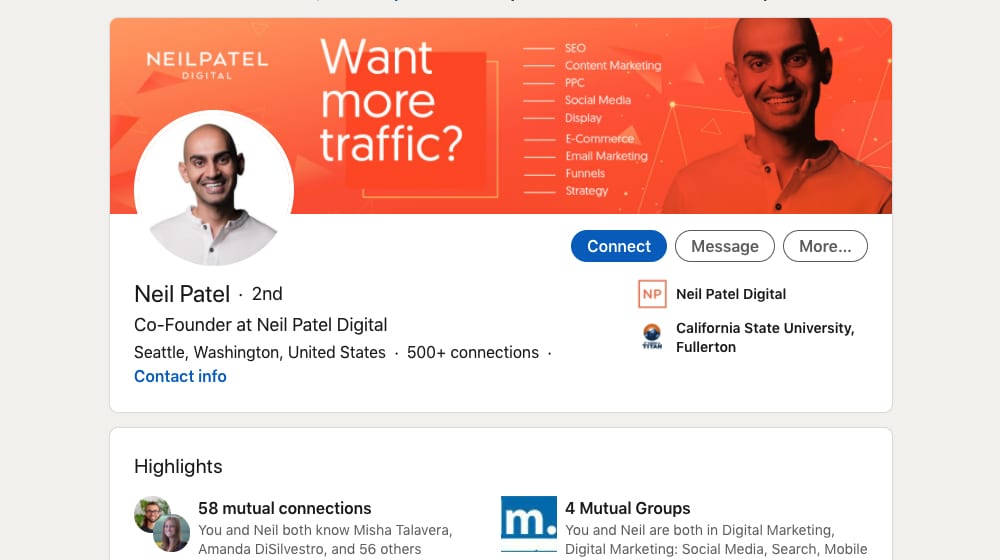
So, who should you aim to connect with? Here are some categories of people you can identify and reach out to:
- Family members. While they aren't relevant to your business, your family has lives of their own, and they can be very valuable as second or third connections.
- Friends, and friends of friends. Friends are generally relevant to your interests if not your business and can have relevant connections themselves.
- People you meet in person. When you visit an event, trade show, or business, any time you exchange business cards, follow up with the person and connect with them on LinkedIn.
- Reporters in your industry. Reporters are generally great options for connecting, and they may even tap you as a resource in the same sort of way using HARO does.
- Bloggers in your industry. Networking with other bloggers or business owners is probably the number one source of new connections, simply because everyone else is looking to build their network as well, so the acceptance rate is high.
- Industry influencers and experts. Influencers can be hard to reach, but they benefit from larger networks as well, so it depends on the influencer. Experts are a great resource, and to be honest, you might want to follow them even if they don't accept a connection request.
- People you admire. Why not have their content in your feed? Sure, they might not always accept, but you might as well shoot your shot.
- Potential partners. Anyone who you might be able to work with, from a simple guest post exchange to a more intimate business partnership, is a good target to network with through LinkedIn first.
- People in the same groups or who attended the same events. Often, events will run hashtags. Watch those hashtags for the people posting in them. You can reach out by saying "hey, I missed you at X event, but I thought I'd reach out to you here."
This isn't the full list; there are certainly other people you can reach out to, in other categories. If I've missed any that you would consider important, leave a comment. I'd hate to have missed something obvious.
3. Keep your account active. No one wants to connect to a profile that isn't active or looks like it hasn't been used in ages. Even if you're very active in hidden groups and private messages, it doesn't matter, because your public profile is a crumbling ruin.
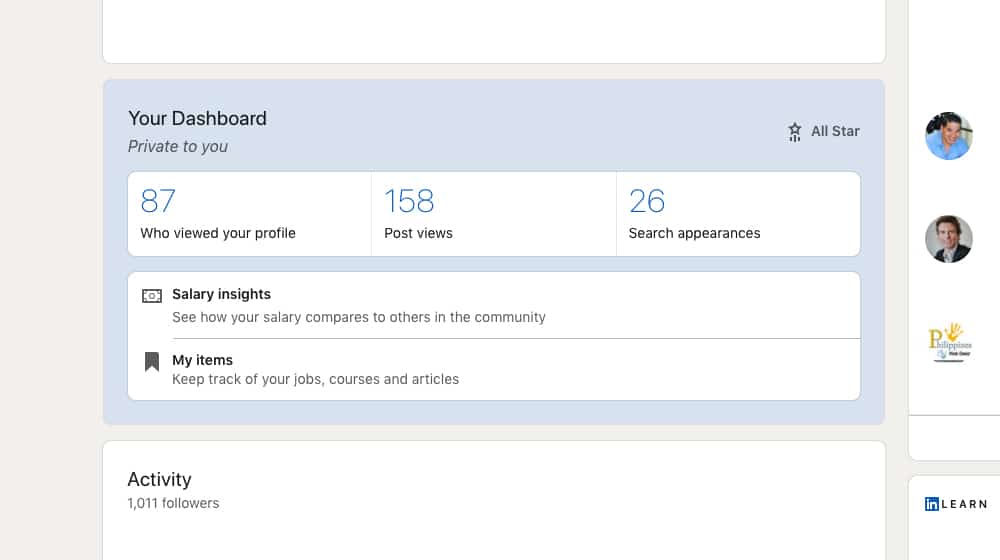
Make sure to keep your profile up to date and active with status updates and, as I'll mention again later, blog content.
4. Engage with your existing connections. This goes hand-in-hand with keeping your profile active. People don't connect with other people for no reason; they want to interact with you, engage, and realize some kind of benefit from that connection. Sure, you might be a means to an end – they want a connection to someone you're connected with, and use you as a bridge – but you can prove your value to them along the way. Make sure to engage with your LinkedIn audience the same way you would any other audience.
5. Promote your LinkedIn profile on other channels. Plug your LinkedIn anywhere you can. Other social media profiles should have links to your LinkedIn. Your website should have a LinkedIn connect button. Your newsletter should have a link. Put your URL on your business cards, your letterhead, your mailers, anything you send out to people. If someone else relevant can see it, put your LinkedIn on it.
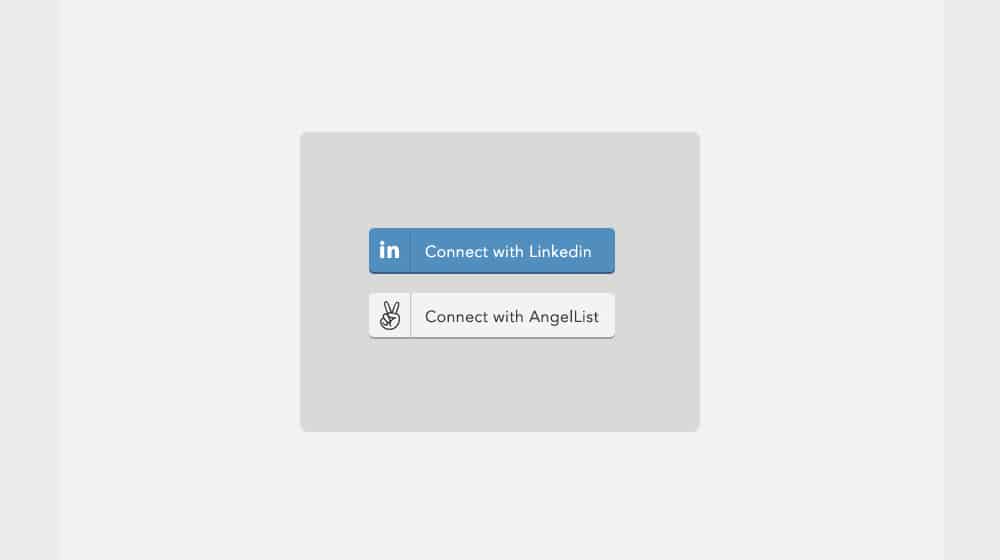
6. Syndicate your blog content on LinkedIn blogs. One of the most powerful tools on LinkedIn is the ability to publish blog content on it, syndicated, to gather a new audience, an additional following, and potentially higher rankings because of the sheer SEO value of LinkedIn itself.
Syndication is the name of the game here. I recommend publishing new blog content on your blog regularly and then choosing specific posts most relevant to your LinkedIn audience. After about a week, when traffic for the initial post is dying down, syndicate it on LinkedIn. You can also customize the post slightly to take advantage of the LinkedIn context with specific calls to action.
7. Carefully make use of recommended connections. LinkedIn has a feature much like every other social network, that recommends people you may know from among your connections. The platform's goal is to broaden your network so you stay around on the site longer, of course. Your goal is to accept as many of those as you can, within reason.
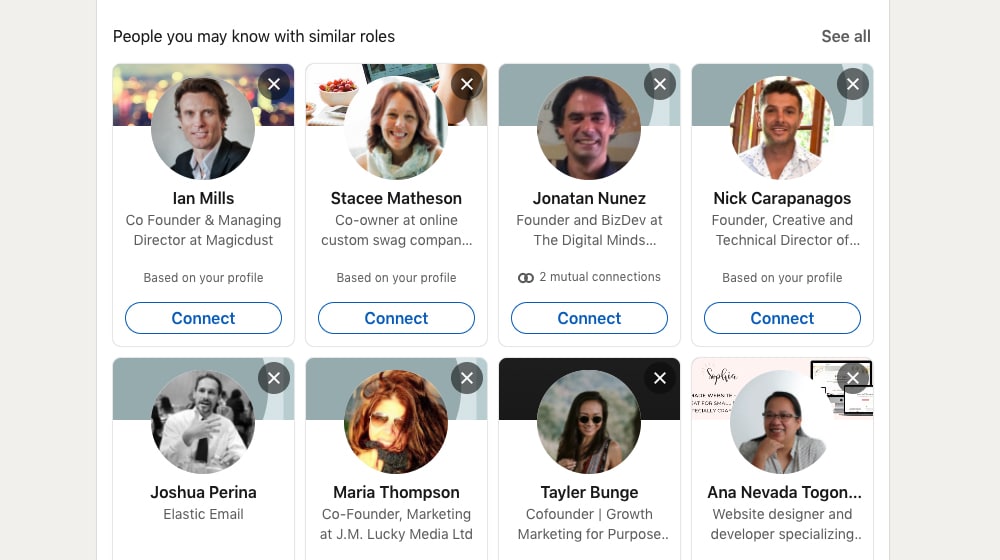
The one main problem with recommended connections is that they draw from your second, third, and further extended connections pool to recommend people. This is fine because it gives you an avenue to connect, but it can also recommend people who aren't relevant connections by any stretch of the imagination. So, my advice is to reach out to everyone you can, within reason; make sure they're relevant and active first.
8. Join groups and connect with their influencers. LinkedIn groups are one of the main draws for a lot of people, and there are a ton of highly valuable, exclusive communities on the site. Join them when you can, look for the people who are influential, and connect with them.
9. Try to set reasonable growth goals. Trying to reach 500+ connections is a long-term goal. You're not going to be able to reach out to enough people to do it in a month unless you make it your full-time job, which I don't recommend. You have better things to do with your time. Just set a goal to send out a dozen or so connection requests every week, and try to grow by a reasonable number of connections every week or every month. You'll hit 500 eventually, but your goal should always be quality over quantity.
What You Shouldn't Do
Now that we have all of the positives out of the way, we have to discuss the negatives. These are the tricks and techniques that are sometimes touted as a valuable way to build connections but are often not very good in practice. Some of them can even end up actively harmful to your account.
Don't spam impersonal connection requests. Just like email, you can't spam people who haven't consented with garbage. There are millions of people on LinkedIn who just send out a default template "I would like to add you to my LinkedIn network" messages to everyone they see, in an attempt to build a larger list, and they are universally terrible. Don't be one of those people. Again, quality over quantity is the name of the game here, at least if you want to be successful at actually using your audience. More on that in a bit.
Don't buy connections from a social media seller. For the same reason, never buy connections. Buying any sort of social media metrics, whether it's likes, engagement, or followers, is universally against the terms of service for the platforms, and can get you removed from the platform. Plus, those accounts that connect with you are almost always just fake, or they're people who add thousands of connections with no regard for industry or quality and may as well be fake.
Don't add people you don't care to know. My number one rule: to never add someone you don't care to know. If you wouldn't chat with this person at a trade show, have a coffee with them, or exchange emails with them, don't connect with them. Sure, sometimes you'll have to judge a book by its cover to make that determination, but it's an important one to make.

Avoid the LIONs. LIONs are a LinkedIn phenomenon. It stands for LinkedIn Open Networkers, and they exist solely to gather up as many connections as they can. Since LinkedIn limits actual connections to 30,000, they aim for followers instead, and they rack up hundreds of thousands of those.
The strength of LinkedIn comes from the connections you make with people. You use it to network. If you're networking with someone through a LION, what connection is there? The other people might as well be a stranger. They know the only connection they have with you is through this glorified phone book, so why does it benefit you?
If I come to you and say hey, I was a friend of your brother Jimmy, we should connect, that's great! It's a personal connection and it lends value to our relationship before we even start it.
If I come to you and say hey, I follow Katy Perry on Twitter just like you, we should connect… who cares? Maybe if the connection was more intimate and more focused on our mutual interests or professional field, sure. Someone who exists solely to rack up followers is not a valuable connection, and thus can't be utilized as one.
So, there you have it; my best tips for racking up LinkedIn followers and keeping your profile valuable along the way.
Do you have any tips of your own? Share with us in the comments below! We'd love to hear from you, and we reply to all comments.



 30 Second Summary
30 Second Summary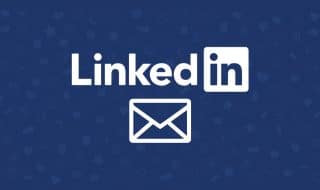
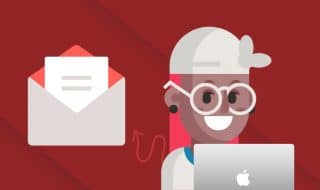
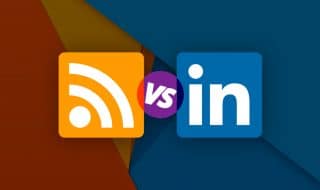

April 19, 2022
I've been receiving quite a few random connection requests recently and I agree with you. I don't see the point in connecting with people you don't care to know. I want to increase my connections but I want to do it organically.
April 29, 2022
Hi Mary!
You and me both.
I get hundreds of people messaging me, trying to promote their product or apply for financing.
LinkedIn gets tiring sometimes! 🙂